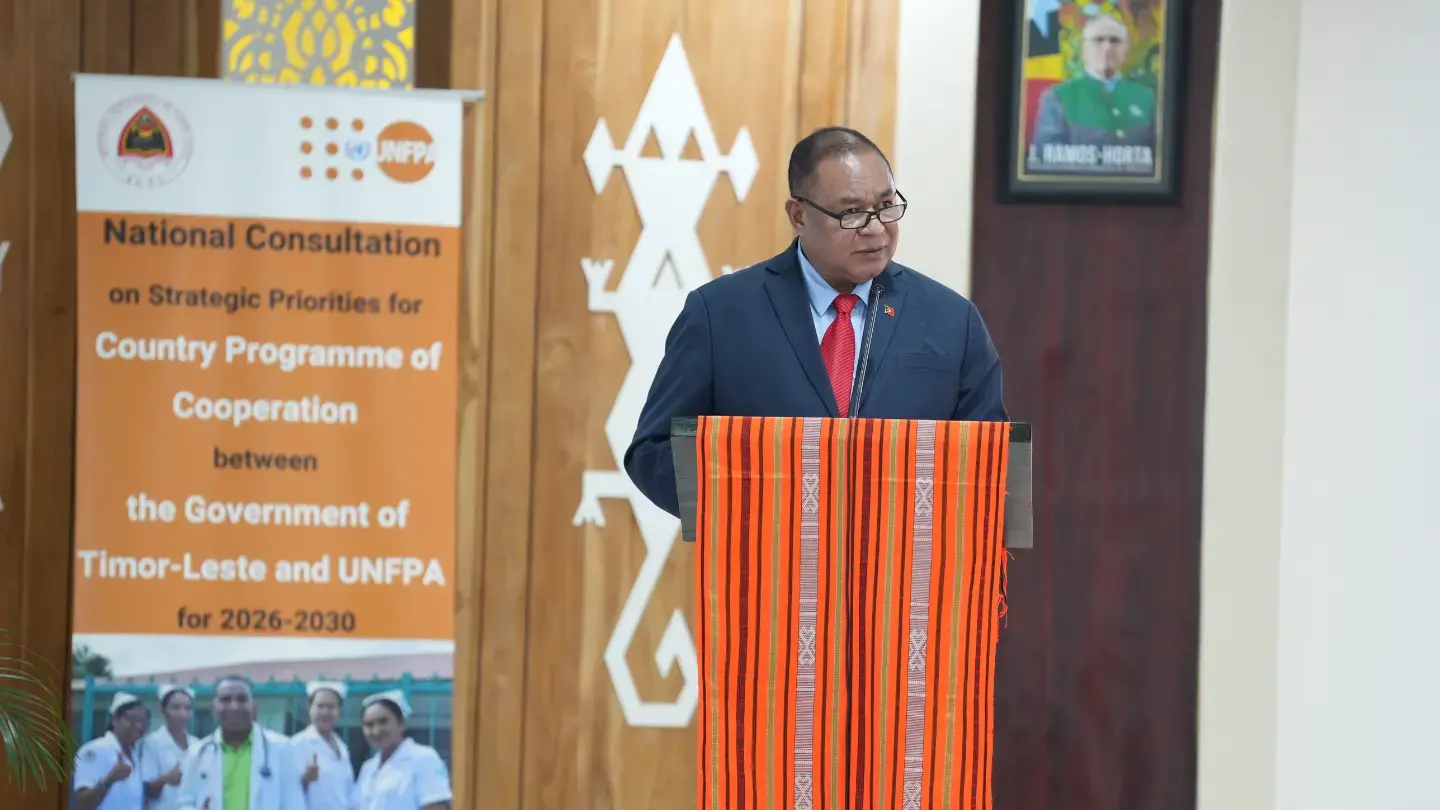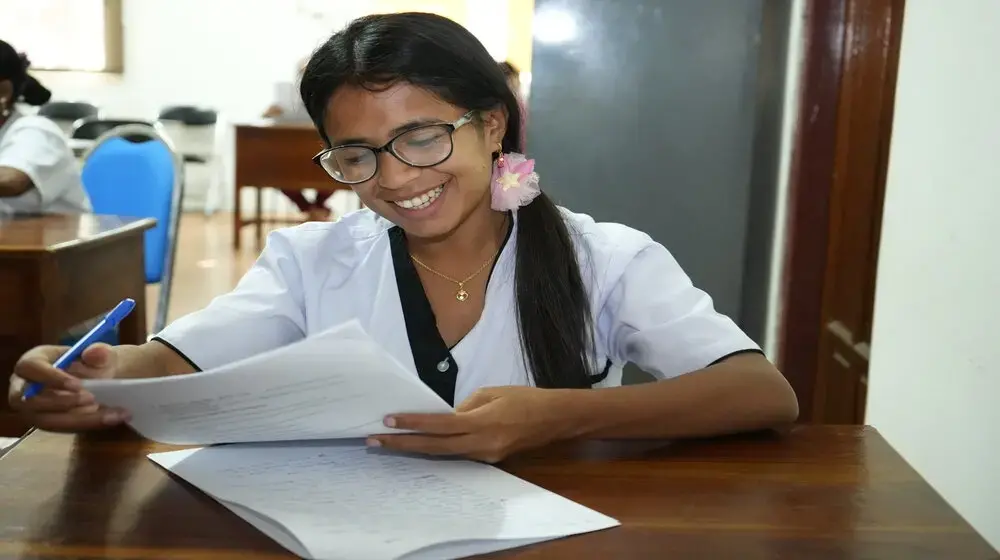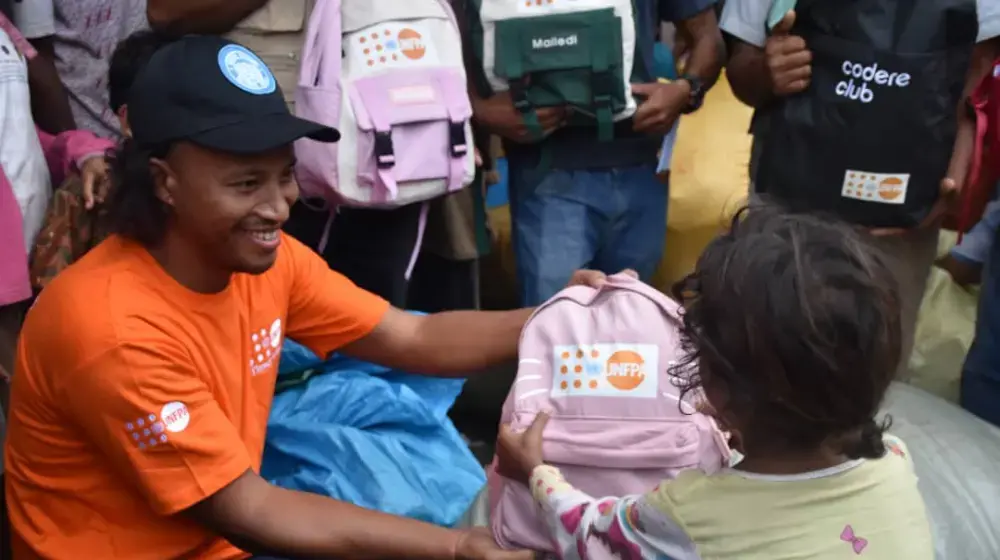Ending AIDS as a Public Health Threat by 2030
Statement of the UNFPA Executive Director, Dr. Babatunde Osotimehin, for World AIDS Day 1 DECEMBER 2015
This year, World AIDS Day coincides with the African conference on controlling HIV and other sexually transmitted infections (STIs). Many people living with HIV, activists, government workers and development partners are gathering in Harare, Zimbabwe, to share knowledge of what works in our collective fight against AIDS.
Whilst HIV is a global threat, the epidemic remains a huge challenge in Africa, especially sub-Saharan Africa, where communities have been ravaged by AIDS. Increasingly, HIV impacts adolescent girls and young women. They are vulnerable owing to violence, child marriage, lack of comprehensive sexuality education, inability to negotiate safe sex, and lack of access to sexual and reproductive health services - including condoms, HIV/STI testing and counseling, and treatment.
Globally every year, there are 380,000 new HIV infections among girls and young women aged 10-24, constituting almost 60 per cent of all new HIV infections. Fifteen per cent of all women living with HIV are aged 15-24. Clearly, our responses to HIV must address the needs of adolescent girls.
Addressing restrictive social norms that prevent women and girls from accessing sexual and reproductive health information and services and owning their sexual health is crucial. Concerted efforts are needed to change these gender norms and to make communities safe and supportive for young women and girls.
People living with HIV and key populations at risk also need to be empowered to help end stigma, discrimination and violence, advocate for removal of punitive laws, and increase access to justice and sexual and reproductive health services.
UNFPA, the United Nations Population Fund, supports greater investment in integrated HIV and sexual and reproductive health services, including for the elimination of mother-to-child transmission, and progress is being made. More focus is needed on HIV prevention, especially among young people, and on family planning for women living with HIV, which leads to fewer HIV-positive infants. HIV control and management continues to be a central plank of global strategies to improve women's, children's and adolescents' health.
We know what works and we know how to deliver evidence-informed prevention programmes - combining biomedical approaches, such as the provision of condoms and voluntary medical male circumcision; behaviour change so that people make informed choices about their sexual lives and practice safe sex; and structural change to tackle bad laws and policies, inequalities, violence, stigma and discrimination. Prevention champions play an important role - individuals who speak out and encourage communities to reduce their risk, take control and stop further transmission.
The Sustainable Development Goals call on us to leave no one behind. Investment is needed in local data and services to ensure that we reach the most vulnerable. We must invest in the holistic development of adolescents through education, health, employment and psychological well-being. We must ensure people in humanitarian crises, conflict and other emergency situations have access to an effective package of sexual and reproductive health services, including for prevention and treatment of HIV and STIs. We must intensify programming with key populations to reduce their HIV burden and protect the whole community.
UNFPA continues to support governments and community organizations to strengthen integrated maternal and child health services, as well as community-led responses. We support the human rights of key populations to live free of violence, stigma and discrimination and to freely access services in order to protect their health, the health of their sexual partners and dependents, and ultimately, of the whole community.
By focusing on what works, and by working together, we can end AIDS by 2030.




